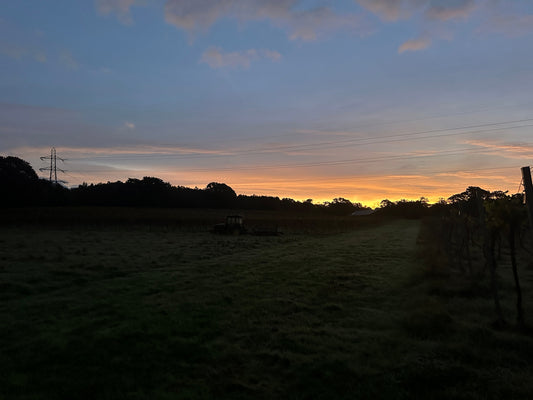Deer management is a quintessential task for landowners and wildlife managers striving to maintain a balanced ecosystem and support biodiversity. One effective strategy to manage deer populations and their interactions with the landscape is through the establishment of Deer Control Areas (DCAs). A well-designed DCA allows for the effective regulation of deer numbers, minimizes overgrazing, and alleviates conflicts between deer and other land use activities. This guide elucidates the fundamental steps involved in designing a practical and effective Deer Control Area on your property.
Understanding the local deer population is the cornerstone of designing a robust DCA. Begin with an assessment of the deer population density in the area. Employing techniques such as spotlight counts, trail cameras, or pellet group counts can provide a reasonable estimate of deer numbers. It's also paramount to identify the species of deer prevalent in the area since different species exhibit varying impacts and behaviors. Additionally, a thorough understanding of their feeding, bedding, and movement patterns is vital as it sheds light on their interaction with the environment.

Once you have a firm grasp of the local deer population, defining clear objectives for the DCA is the next step. Whether the goals are reducing crop damage, preventing over-browsing of native plants, or maintaining a balanced deer population, having well-articulated objectives will steer the design process in the right direction.
The selection of the location and size of the DCA is a critical decision. The location should be chosen based on where effective management can be realized, possibly in areas with higher deer densities or where conflicts are most pronounced. The size of the DCA should be ample enough to meet the management objectives. Larger areas might provide more effective deer control but may also require more resources to manage.
Designing the layout of the DCA entails establishing clear boundaries using either natural barriers like rivers or man-made barriers such as fencing. Access points should be designed for monitoring and management activities, ensuring they are secure to prevent unauthorized access. Strategically positioning high seats and hide positions is crucial for effective monitoring and culling operations within the DCA.
Implementing deer control measures is the crux of the DCA. A well-planned culling strategy is essential to manage deer populations within the DCA. Habitat modification, such as planting unpalatable species or creating physical barriers, can also deter deer occupancy or guide their movement within the DCA.
Continuous monitoring and adaptation are key to the long-term success of the DCA. Regular monitoring of deer populations and their impacts on the environment is crucial. The design and management strategies of the DCA should be adapted based on the findings from the monitoring to better meet the established objectives.
Lastly, ensuring legal compliance and seeking professional consultation are crucial steps in the DCA design process. All activities within the DCA should comply with local wildlife laws and regulations. Seeking professional advice can ensure that the DCA design and management strategies are both effective and compliant with the law.
Designing a Deer Control Area is a nuanced task that demands a deep understanding of deer ecology, a clear set of management objectives, and an adaptive approach to meet those objectives over time. Following these guidelines will equip landowners and wildlife managers with the framework necessary for creating a DCA that significantly contributes to local ecosystem health and the long-term success of deer management endeavors.




